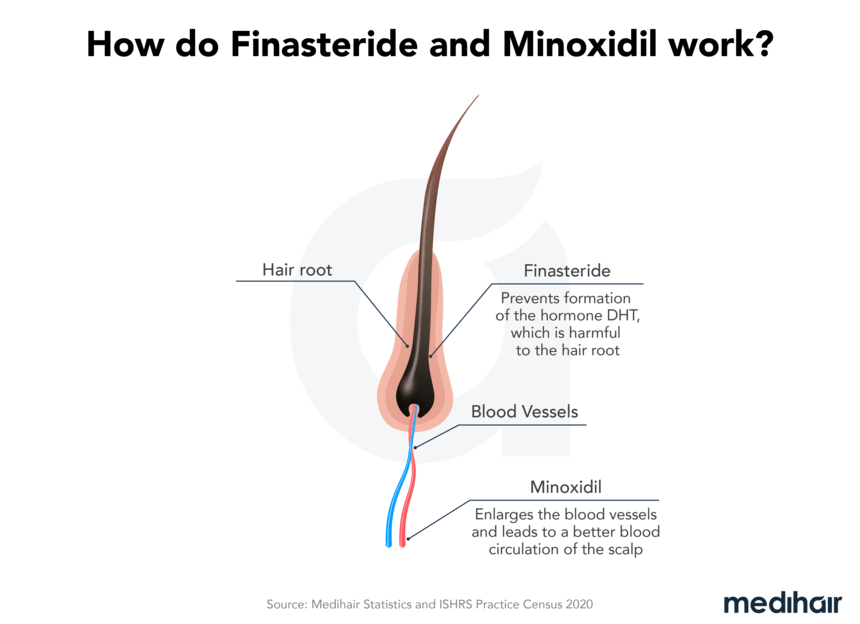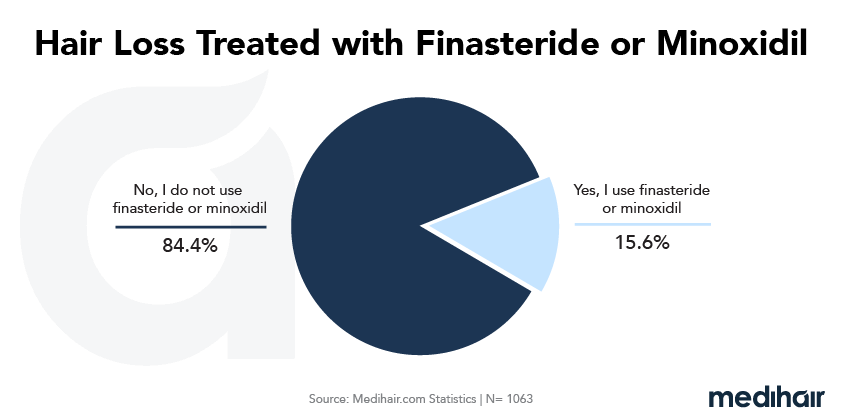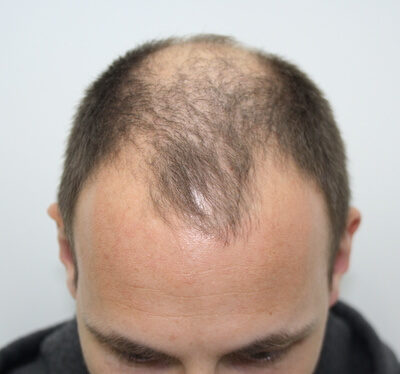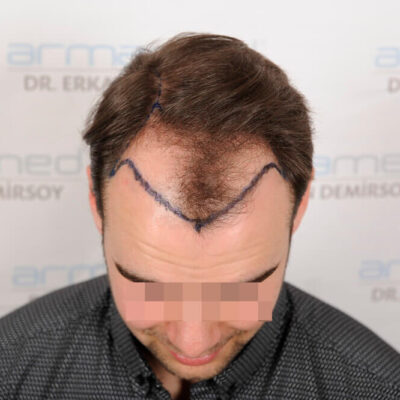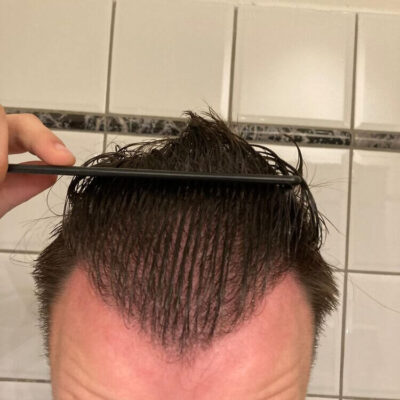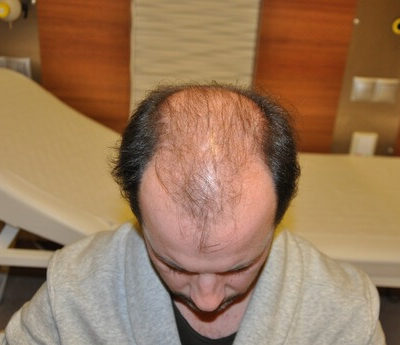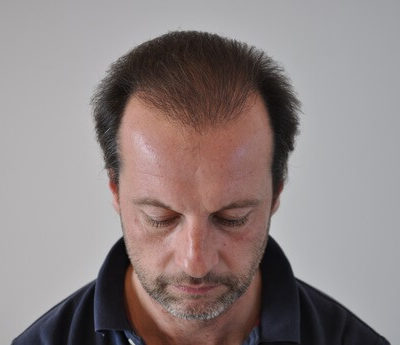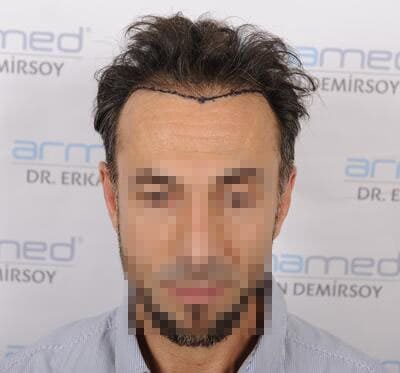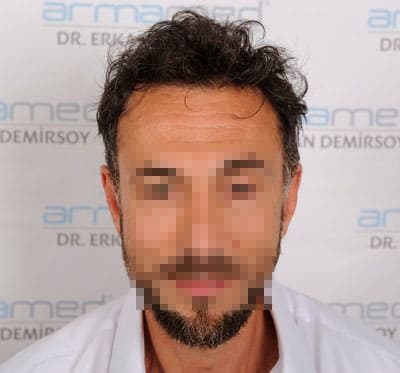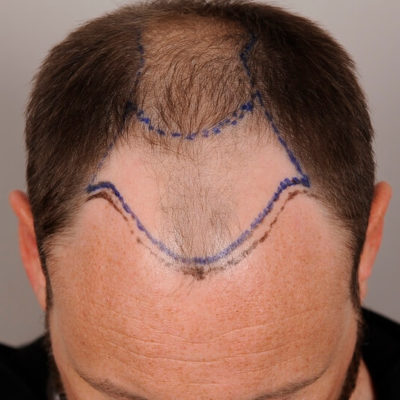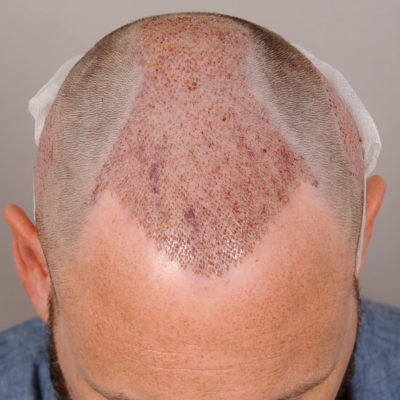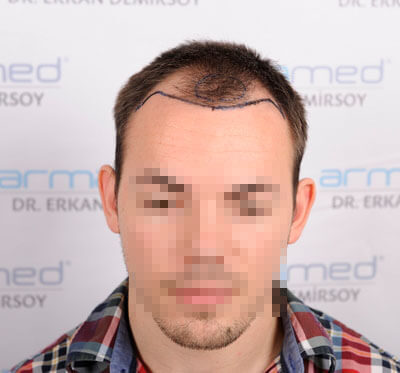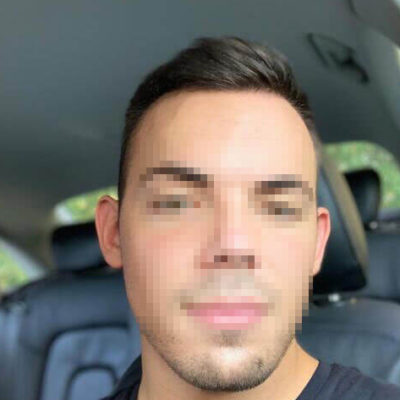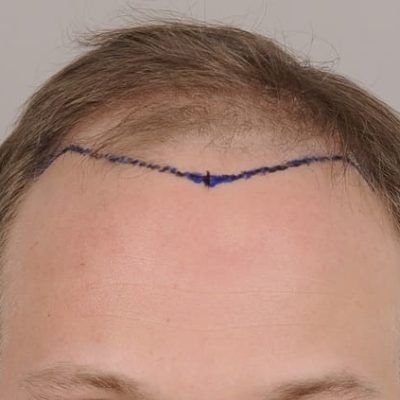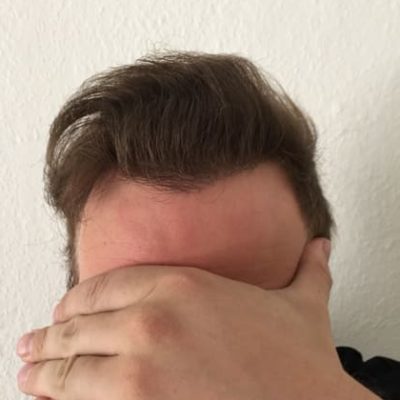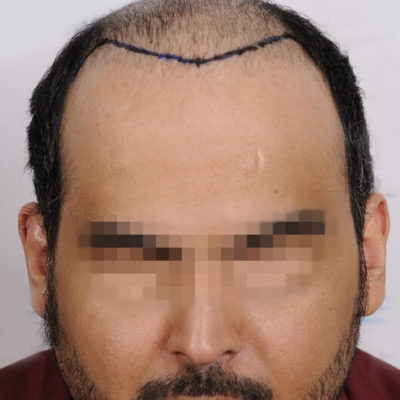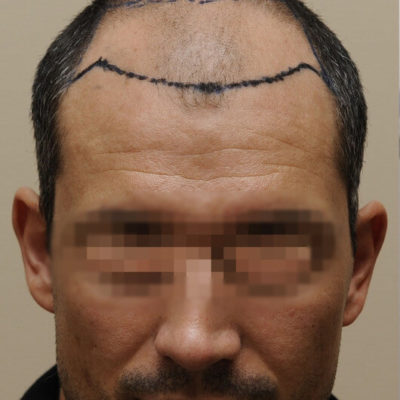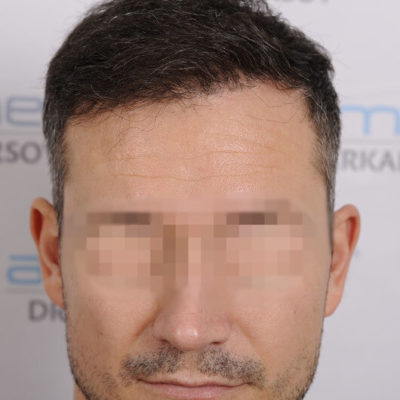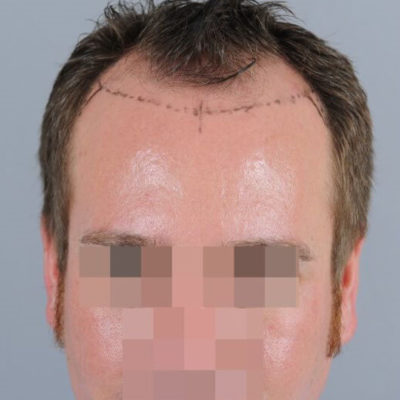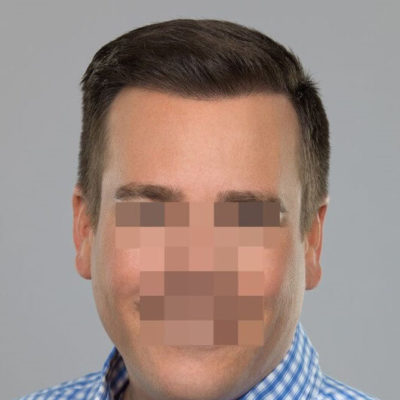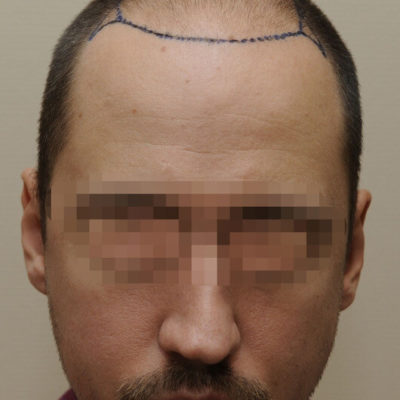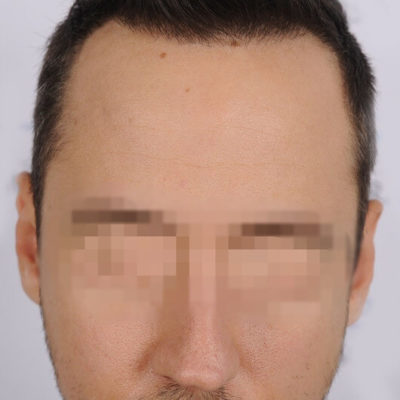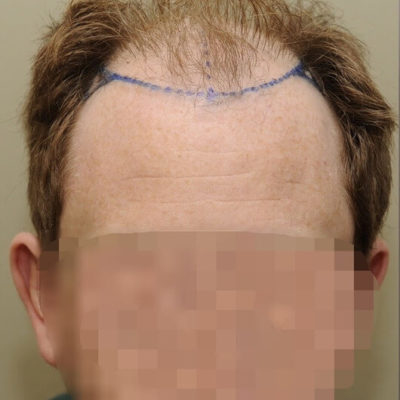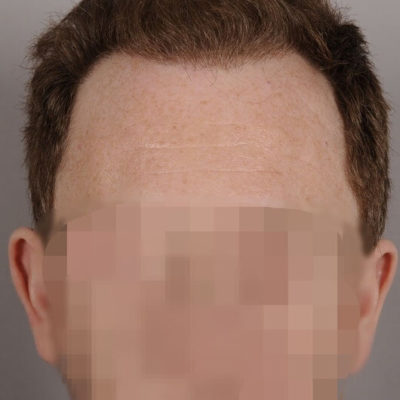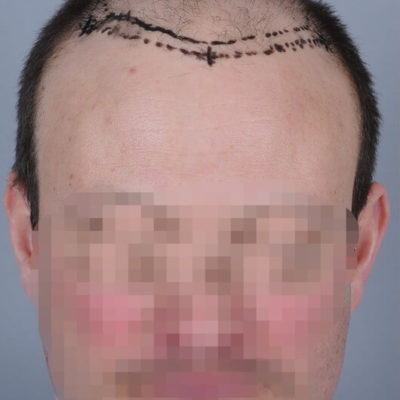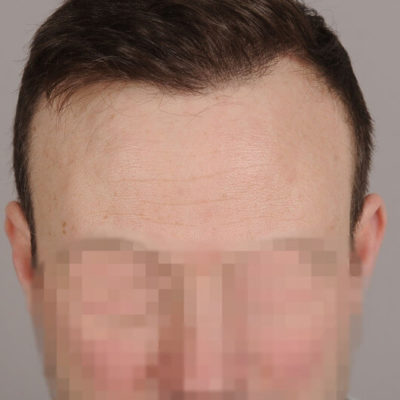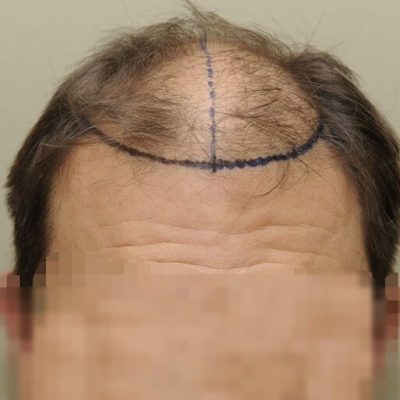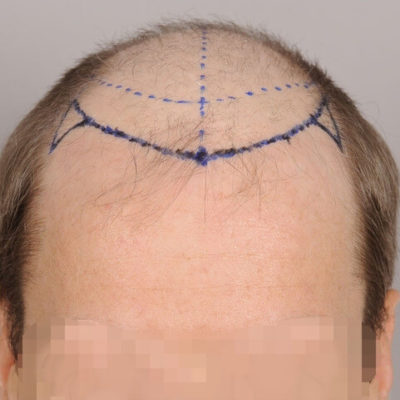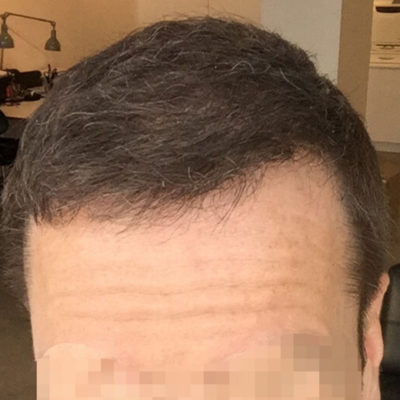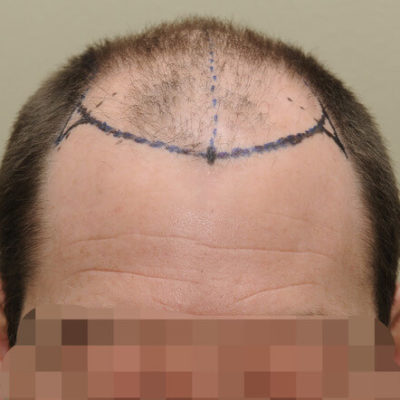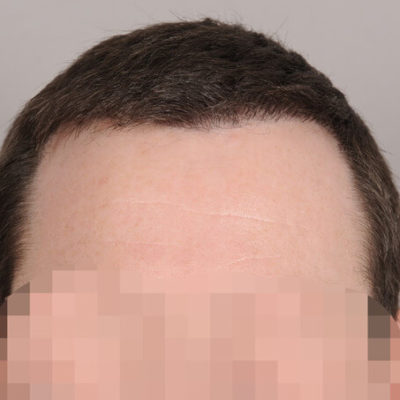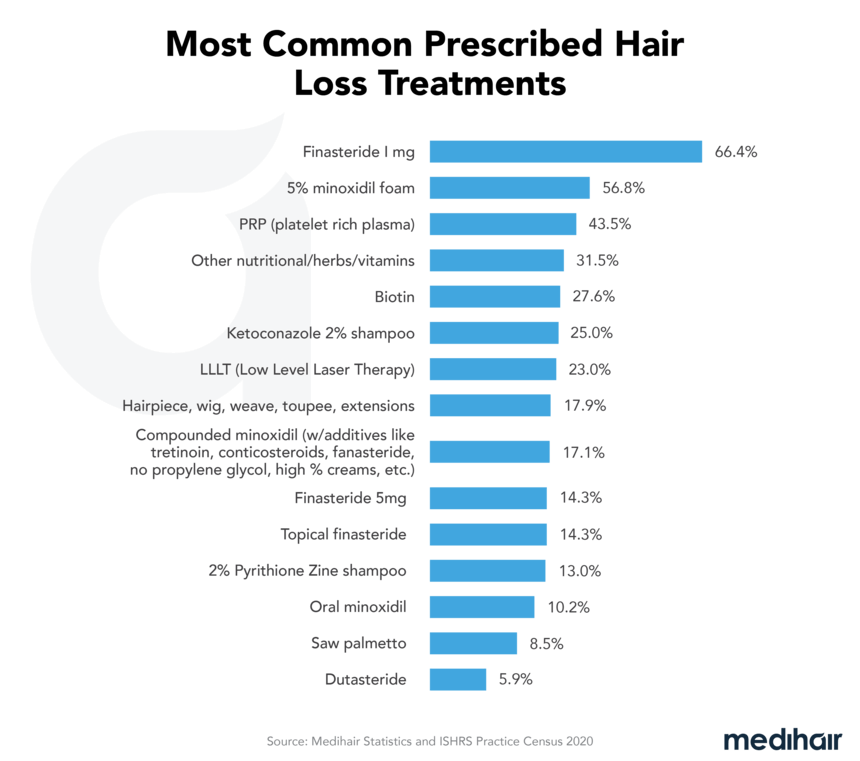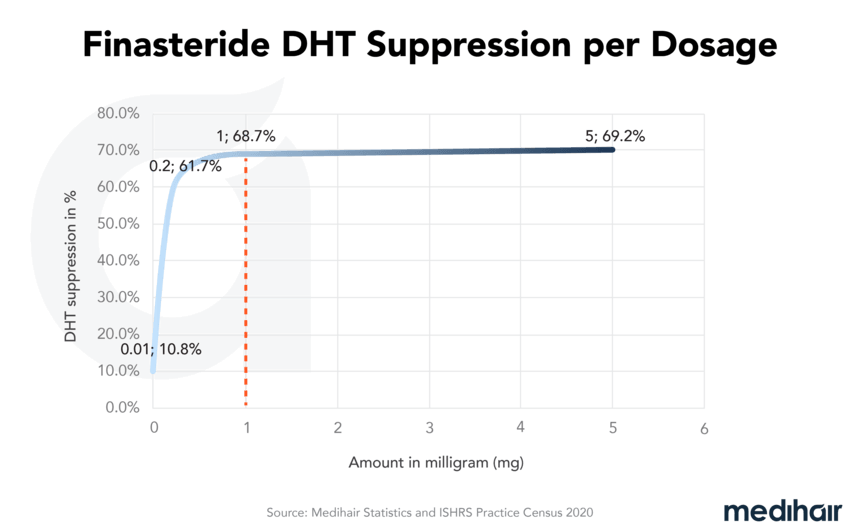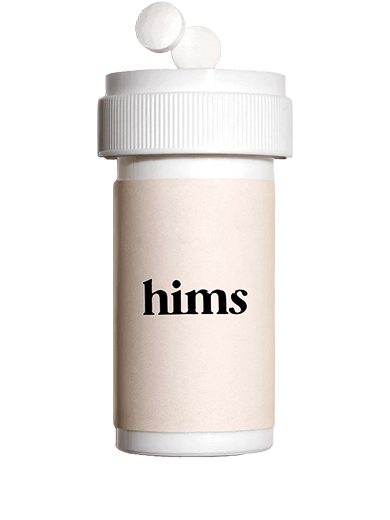Finasteride against hair loss (2024)

One of the most effective treatments to combat male pattern baldness is finasteride. Originally used as a remedy for prostate enlargement, today it helps many individuals who suffer from hair loss. One of the most famous users is the former American president Donald Trump.
In a Nutshell
| Cost | 38 - 52 USD per month |
| Side Effect | 2 - 5% of users |
| Chances of success | 66% of users |
| Study | Result |
|---|---|
| Drake et al (1999) | It was shown that DHT levels in the scalp were reduced by 64% for 1mg and 69% for 5mg after 42 days of treatment compared to a 13% decrease in the placebo group. |
| Roberts et al (1999) | This study showed that treatment with finasteride leads to both an increase in hair count and a cosmetic improvement in hair growth. The efficacy of finasteride 1 mg was similar to the efficacy observed with the 5 mg dose, but was significantly greater than the efficacy observed with lower doses (0.2 mg and 0.01 mg) of finasteride. |
| Kaufman et al (1998) | The expert panel's evaluation of standardized clinical photographs showed that 48% of men treated with finasteride showed improvement in hair growth after one year, compared to 7% of men in the placebo group. The benefits of finasteride continued to increase after two years: 66% of the men experienced an improvement in hair growth based on the evaluation of standardized clinical photographs, compared to 7% of the men who received placebo. |
| Study | Result |
|---|---|
| Drake et al (1999) | 5mg: Decreased libido (2.6%) 1mg: Decreased libido (0%) Placebo group: Decreased libido (4.5%). |
| Roberts et al (1999) | 1mg: Sexual function side effects (4.2%) Erectile dysfunction (1.4%) Decreased ejaculation volume (1.0%) Decreased libido (1.9%) Placebo group: Sexual function side effects (2.2%) Erectile dysfunction (0.9%) Decreased ejaculation volume (0.4%) Decreased libido (1.3%). |
| Kaufman et al (1998) | 1mg: Decreased libido (2.9%) 0.2mg: Decreased libido (1.5%) Placebo group: Decreased libido (2.2%). |
Frequently Asked Questions
How dangerous is finasteride really?
How long does it take for finasteride to take effect?
Are finasteride results permanent?
Sources
